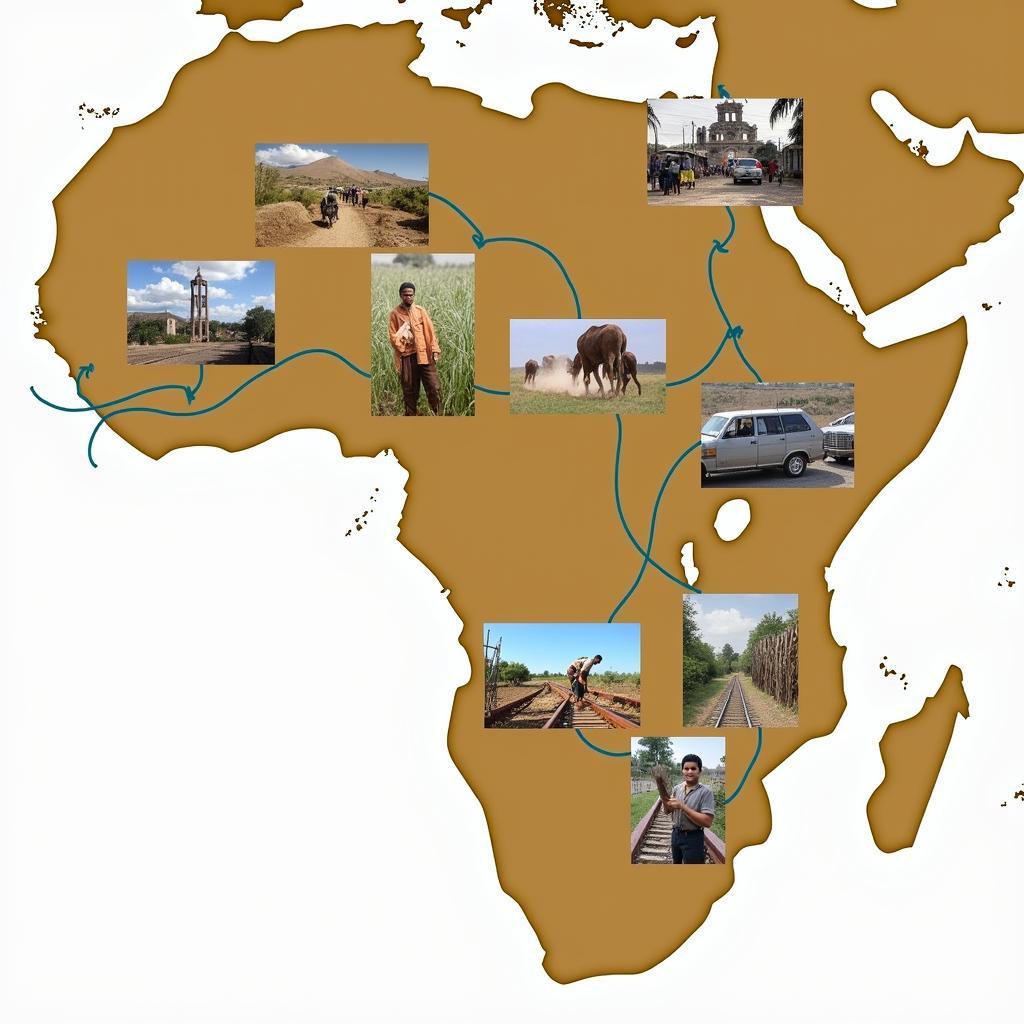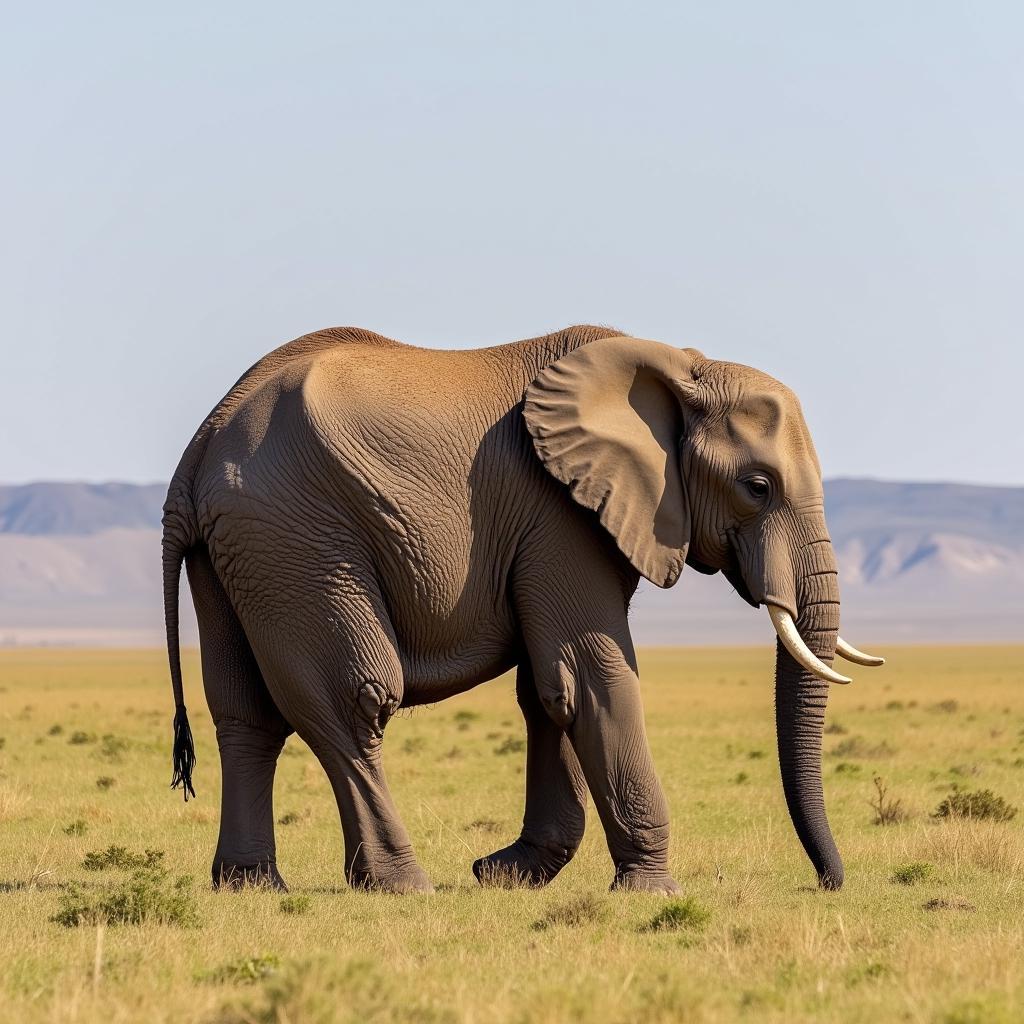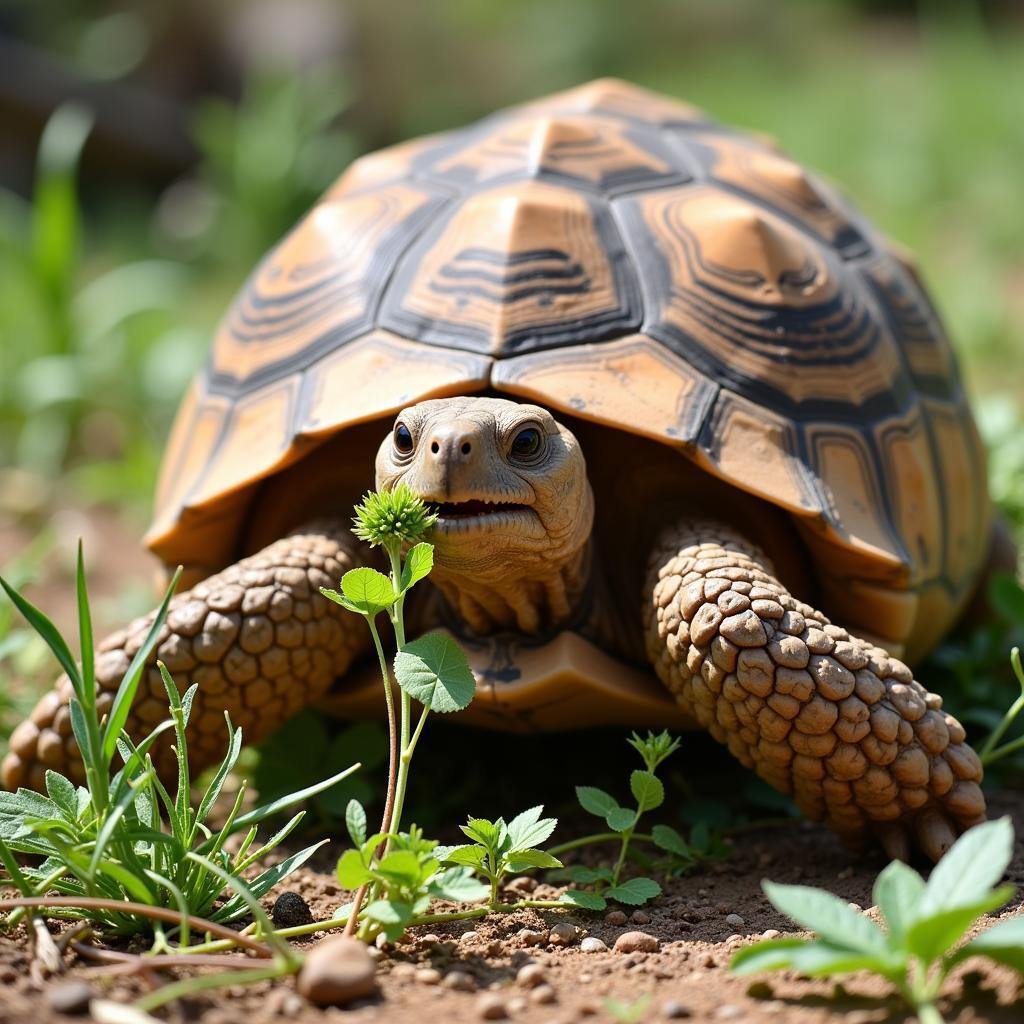Exploring the World of African Elephant 3D Models
From the sweeping savannas of the Serengeti to the dense jungles of the Congo Basin, the African elephant stands as an enduring symbol of the continent’s untamed beauty and awe-inspiring wildlife. However, capturing the majesty of these gentle giants in a way that transcends the flatness of traditional media has always been a challenge. Enter the world of 3D modeling, where technology meets artistry to breathe life into digital representations of the natural world, including the iconic African elephant.
The Allure of African Elephant 3D Models: More Than Just Digital Replicas
Why are 3D models of African elephants captivating audiences worldwide? Unlike static images or illustrations, 3D models offer a level of immersion and interactivity that’s transforming how we experience and learn about these magnificent creatures. From educational tools in classrooms to breathtaking visuals in documentaries and video games, the applications of African Elephant 3d models are as diverse as the landscapes they inhabit.
Unveiling the Applications: Where 3D African Elephants Take Center Stage
The versatility of African elephant 3D models makes them invaluable assets across various fields:
- Education: Imagine students being able to rotate a virtual African elephant model, zooming in to examine its intricate anatomy – the texture of its skin, the structure of its massive skull, the network of veins visible on its ears. This level of engagement surpasses traditional textbook learning, fostering a deeper understanding and appreciation for these animals.
- Conservation: 3D models can play a crucial role in raising awareness about the plight of African elephants, threatened by habitat loss and poaching. By creating emotionally resonant experiences, such as virtual reality simulations of elephant habitats, these models can inspire action to protect them.
- Entertainment: The entertainment industry has embraced the power of 3D modeling. From realistic elephant characters in animated films to immersive virtual safaris, these models transport audiences to the heart of Africa, fostering a sense of wonder and connection with nature.
Creating an African Elephant in the Digital Realm: The Art of 3D Modeling
Bringing an African elephant to life in a 3D environment requires a blend of artistic skill and technical expertise. 3D artists meticulously craft these models using specialized software, starting with a basic shape and gradually adding layers of detail.
- Research is Key: Before a single digital brushstroke is made, artists often immerse themselves in studying the anatomy, behavior, and habitat of African elephants. This research ensures that the 3D models are not only visually stunning but also scientifically accurate.
- From Wireframes to Reality: The process typically involves creating a wireframe skeleton, adding volume and shape, and then meticulously sculpting the finer details, such as wrinkles, folds, and textures.
- Breathing Life into the Model: The final stages involve applying textures and materials to mimic the elephant’s skin, tusks, and eyes. Animators then step in to give the model movement, replicating the animal’s gait, gestures, and behaviors.
The Future of African Elephant 3D Models: An Evolutionary Leap
As technology continues its relentless march forward, we can expect even more awe-inspiring advancements in the realm of 3D modeling. Imagine virtual reality experiences so real that you can almost feel the brush of an elephant’s trunk against your virtual skin or augmented reality applications that overlay 3D elephant models onto your real-world surroundings.
The Power of Connection: Why African Elephant 3D Models Matter
In an increasingly digital world, it’s easy to feel disconnected from the natural world. African elephant 3D models bridge this gap, offering a tangible way to experience the wonder and awe these animals inspire. By harnessing the power of technology, we can foster greater understanding, appreciation, and ultimately, action to protect these magnificent creatures for generations to come.
FAQs
1. Where can I find free African elephant 3D models?
Several online platforms offer free 3D models, including repositories for artists to share their creations. However, it’s crucial to check the licensing terms before using any model.
2. What are the benefits of using 3D models for educational purposes?
3D models provide an interactive and engaging way for students to learn about complex subjects, such as anatomy and behavior, making learning more immersive and effective.
3. How are 3D elephant models used in conservation efforts?
By creating realistic simulations and visualizations of elephant habitats, 3D models can be powerful tools for educating the public about threats like poaching and habitat loss, driving awareness and support for conservation initiatives.
4. Can I print a 3D model of an African elephant?
Yes, many 3D models are designed to be compatible with 3D printers. You can find downloadable files online and print your own miniature elephant figurines or sculptures.
5. What is the future of 3D modeling in wildlife conservation?
The future holds exciting possibilities, with advancements in VR and AR expected to create even more immersive and impactful experiences, further enhancing our ability to learn about and protect wildlife like the African elephant.
Need More Information?
Have other questions about African wildlife or interested in exploring more resources? Check out these related articles:
Get in Touch
For any inquiries or assistance, feel free to contact us:
Phone Number: +255768904061
Email: [email protected]
Address: Mbarali DC Mawindi, Kangaga, Tanzania.
Our dedicated customer support team is available 24/7 to assist you.



